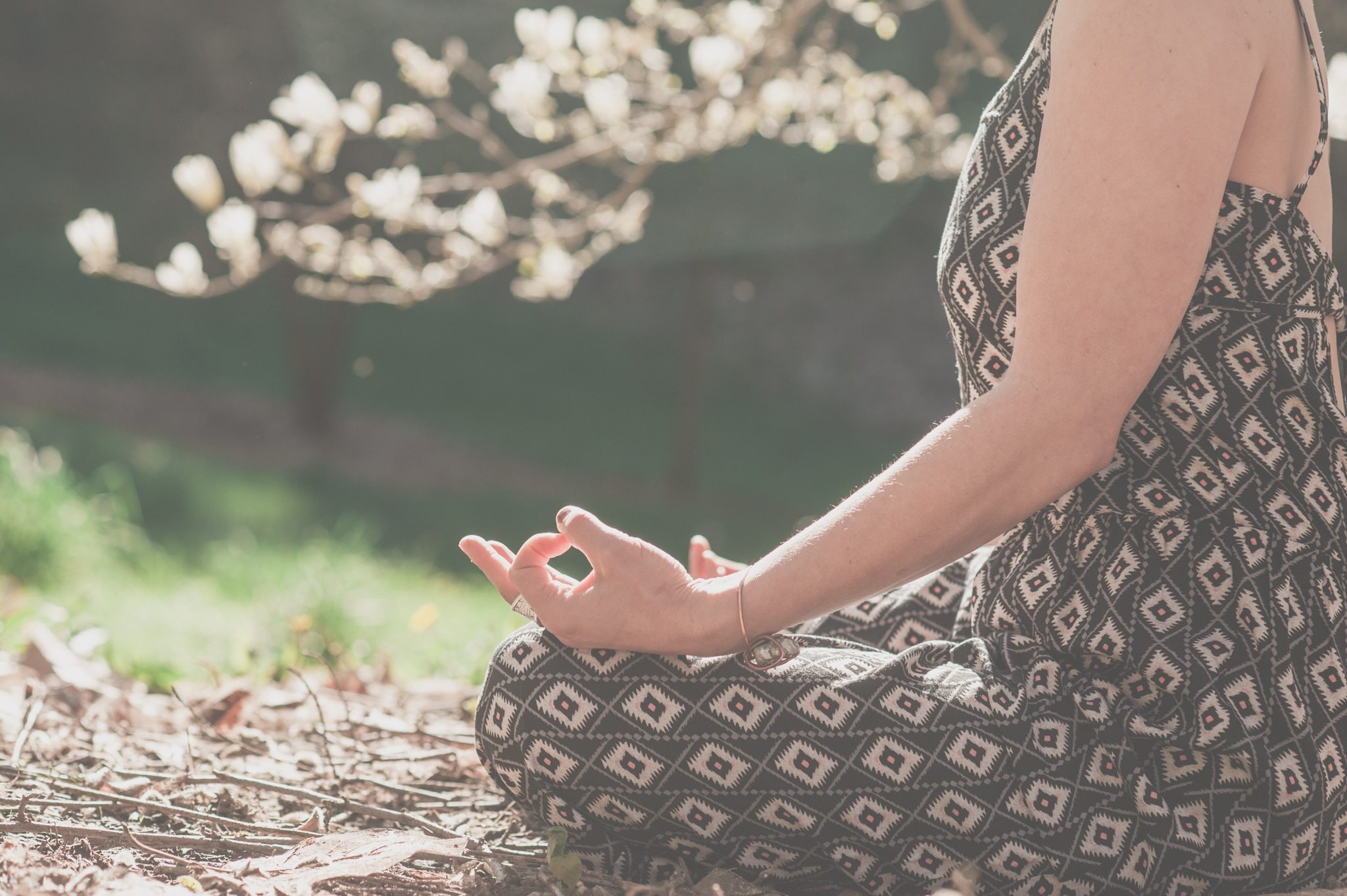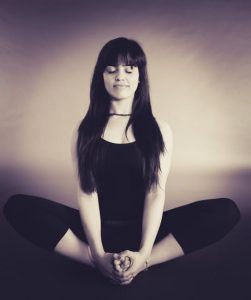
I Struggled with Mediation Until a Buddhist Monk Told Me This
I was an angst-ridden adolescent when a sympathetic older friend gave me a copy of The way of Zen, by Allan Watts. Though I couldn’t quite figure out from the book now how to do it meditation sounded exotic and mysterious, just the thing I needed to be transported out of my suburban girlhood into thrilling undiscovered realms.
I spent weeks in secret preparation, searching for just the right candle, the perfect incense and a tie-dyed velvet cushion beautiful enough to match my lofty aspirations. One night when my parents were out late, I draped my bedroom window with a purple –and-gold –flecked –scarf. I‘d picked up in Greenwich village, lit the incense and candle, and settled myself onto the cushion to gaze at the flame five minutes passed, then 10, then 20 more. There were no epiphanies, no vision, no moments of great transcendence. Nothing happened at all, except my legs fell asleep, and I got a headache from staring at the candle without blinking. This can’t possibly be meditation. I thought, shaking out of my legs and feeling like a failure.

It took many more tries-and years before I understood that my restless mind and the tingling in my legs were indeed meditation. I just didn’t recognize it because I was looking for something to take me out of myself and meditation, if anything brings you right back in. To meditate is to train yourself to live in the present by becoming aware of your moment to moment.
A wise Buddhist teacher I know once explained meditation as observing the process of consciousness as distinct from its content. Instead of getting stuck in your story- “Why didn’t he call” or I hate my job “ you learn how to watch from the sidelines and be a witness to your internal drama.
During meditation “I hate my job” might become “having a negative thought about my job” -, then notice what that thought does to your jaw or shoulders. Return to your breath, noting the rise and fall of your belly, until the next thought comes along to seduce your mind away from your breathing or the sound of the birds or anything else that’s going on, right here and now. After a while you begin to see that a thought rises and disappears as fast as a wisp of smoke.

As with building any muscle, it takes time and practice to train your mind to stay attuned to what’s happening in the present. What it doesn’t take to meditate is special equipment: no purple –and-gold-flecked scarves, no incense, and no candles. Just a chair or cushion and a willingness to stay with tingling feet, angry thoughts or thumping heart until all the mental noise stop and it’s just you and the birds, breathing together.

Add A Comment